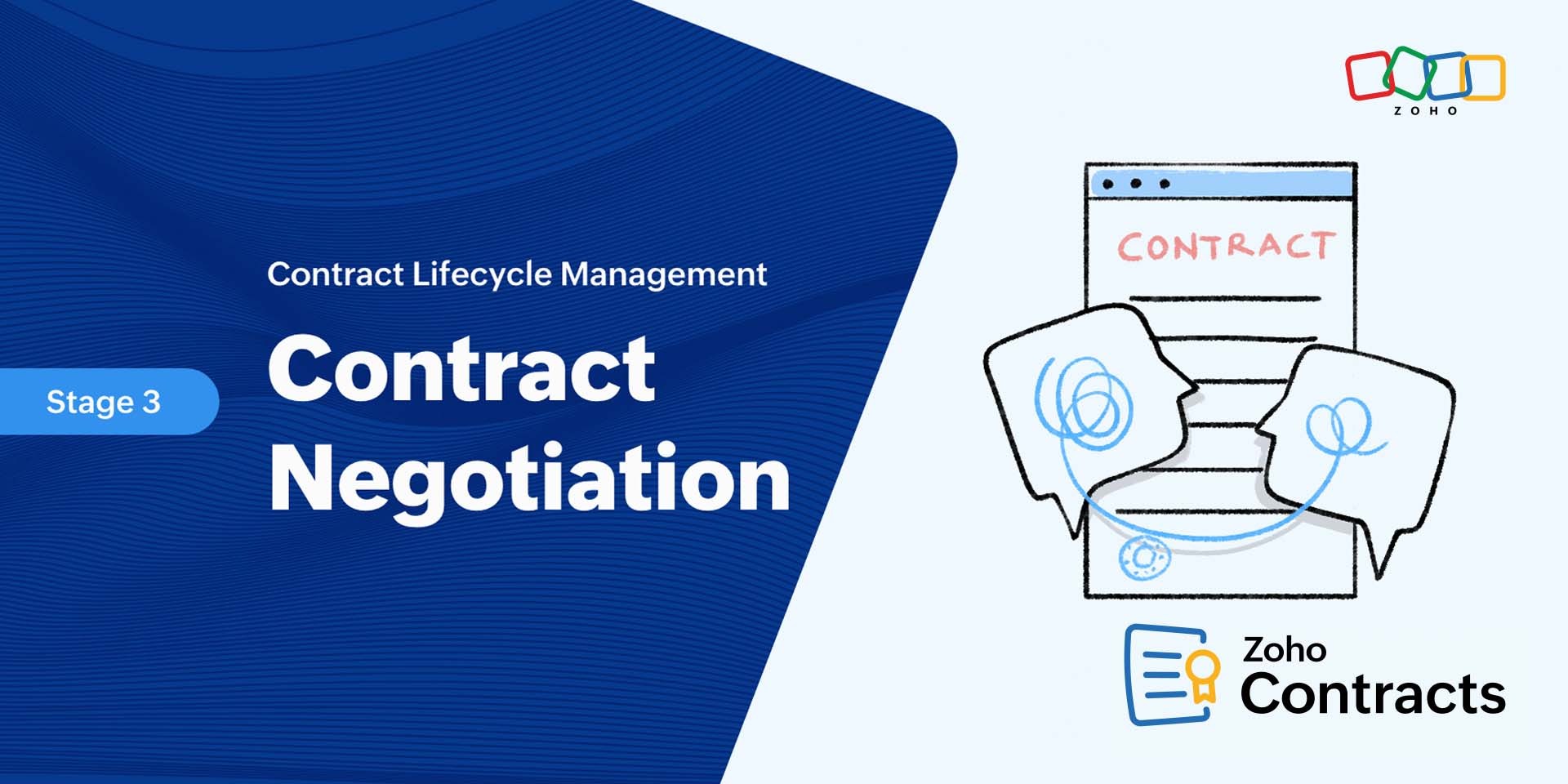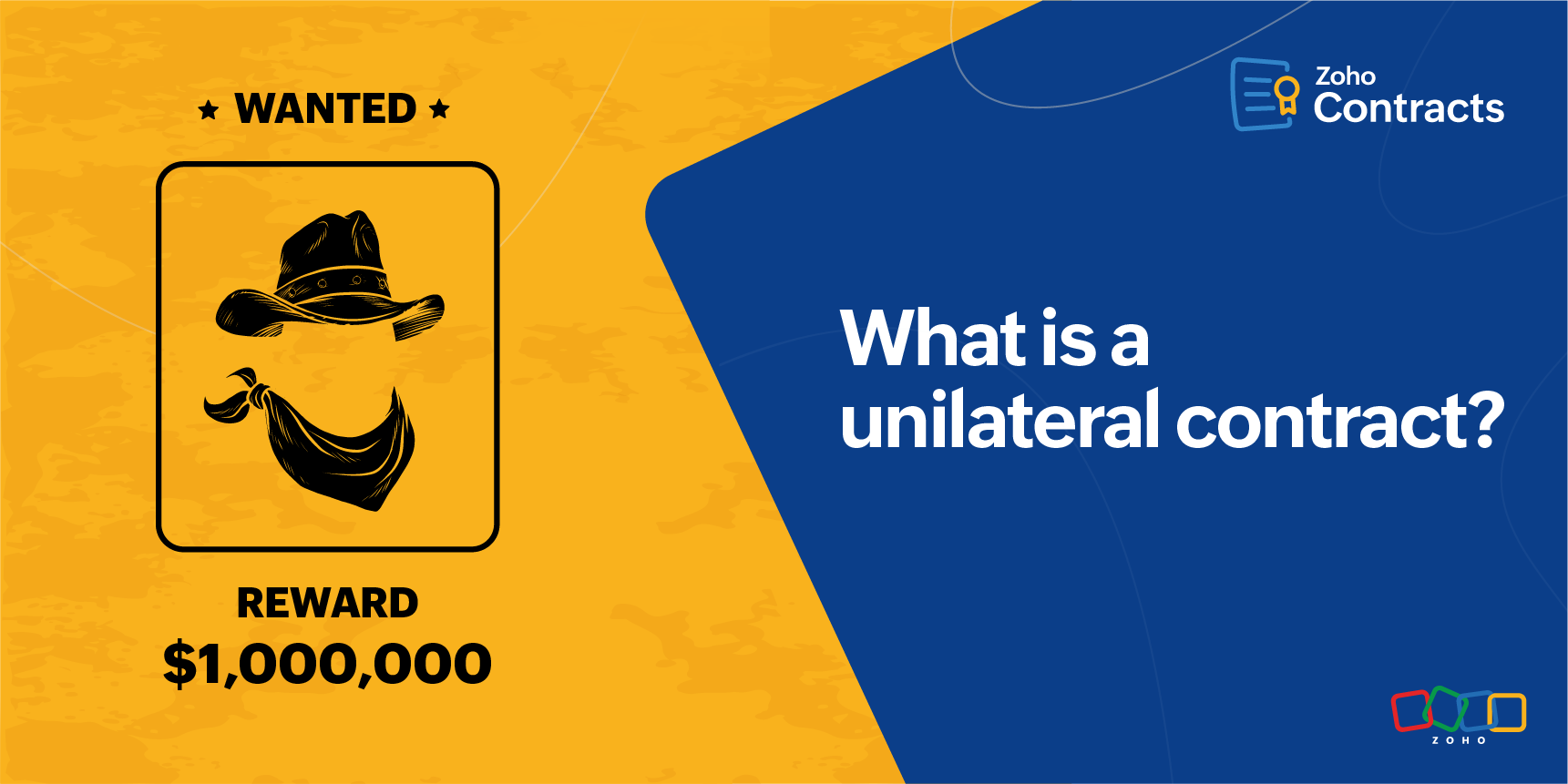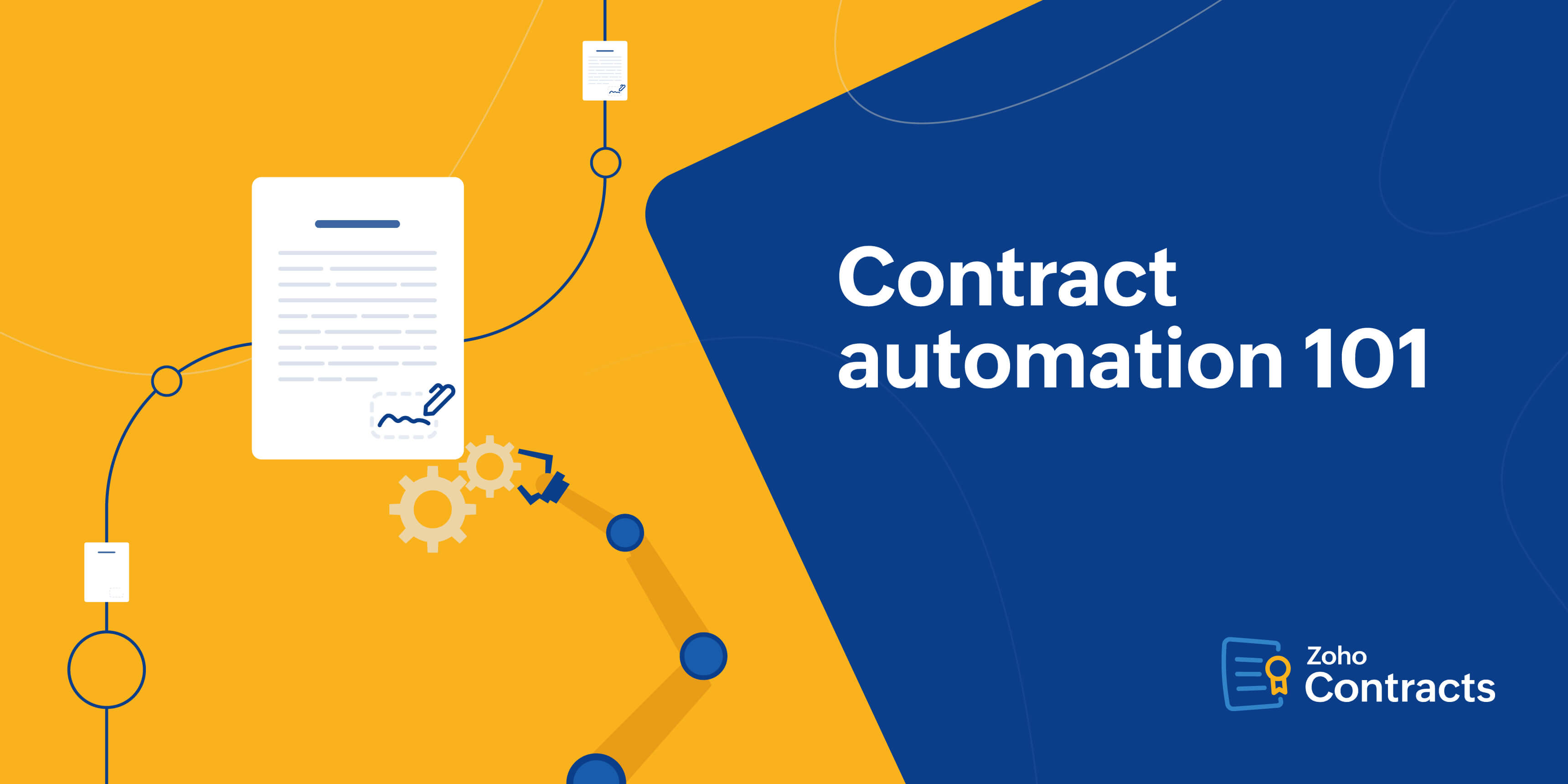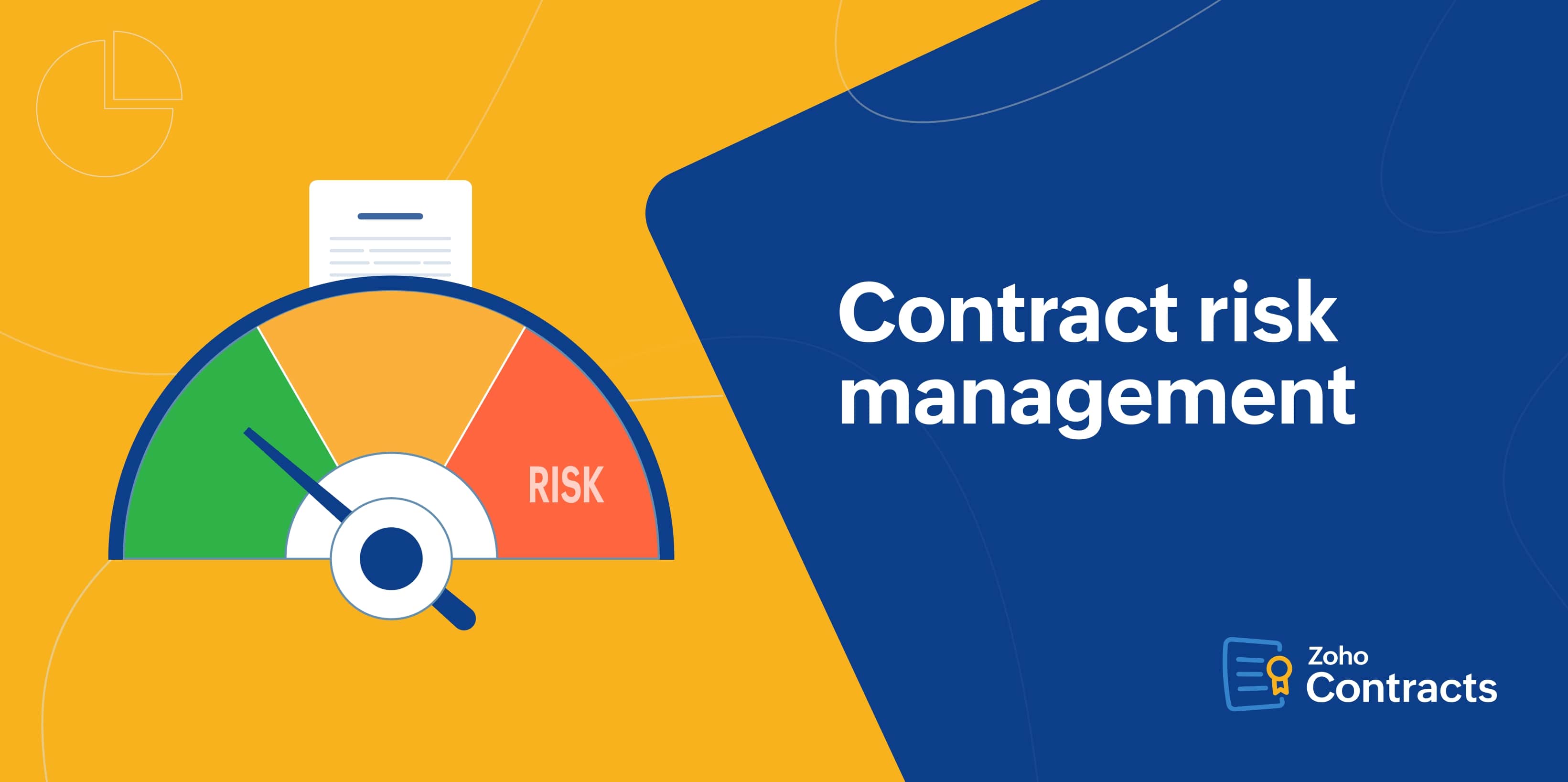- HOME
- Contract Management
- Contract Negotiation: Stage 3 of Contract Lifecycle Management
Contract Negotiation: Stage 3 of Contract Lifecycle Management
- Last Updated : December 6, 2023
- 412 Views
- 4 Min Read

Welcome to our blog series on the stages of contract lifecycle management (CLM).
CLM is a systematic and automated approach to managing contracts through the seven stages they pass through in their lifecycle.
This blog explores the third stage in the contract lifecycle—contract negotiation.
Below are the links to our blog posts on the earlier stages of the contract lifecycle:
What is contract negotiation?
As one of the most challenging stages of the contract lifecycle, contract negotiation involves the involved parties discussing the terms and conditions in a contract in order to arrive at a consensus on their rights and the obligations involved.
The importance of contract negotiation
Contract negotiation is an essential stage of the contract lifecycle because:
It ensures the concerned parties understand the terms and obligations of the contract clearly. This helps avoid misunderstandings and disputes later and protects the interests of all parties.
It allows parties to tailor the agreement according to their needs instead of accepting terms that may not be beneficial in the future.
It helps build trust between parties and fosters a strong business relationship because parties are willing to work together to find mutually beneficial solutions.
It helps forecast future costs and mitigates risks by identifying and addressing potential issues and bottlenecks early on.
Who negotiates a contract?
Anyone with the authority to enter into a legally binding agreement on behalf of themselves or their organization can negotiate a contract. This includes employees, business owners, executives, lawyers, and other professionals.
Usually, individuals and teams negotiate contracts on their own, but they may request the lawyers to take part in the negotiation process if help is needed interpreting contract language. Sometimes companies hire professional negotiators for the process.
What does a manual contract negotiation process look like?
A typical negotiation process looks like this:
Once the internal stakeholders approve the contract, the contract owner mails the contract to the counterparty’s primary negotiator with the document as an attachment. At this stage, the contract owner may state the non-negotiable terms of the agreement.
The counterparty reviews the contract and discusses it internally, marking their changes and suggestions in the document. They mail it back to the contract owner.
The contract owner can accept or reject the suggestions and send a counteroffer.
This back-and-forth keeps happening until the parties arrive at a mutually beneficial solution.
Once the parties reach a consensus, the contract owner sends the contract for execution.
Challenges in the manual contract negotiation process
Room for error: If businesses send contracts for negotiation as email attachments, tracking changes and version control can become complex in the case of multiple rounds of negotiations. This increases the chances of manual errors.
Time-consuming: Even if businesses use modern word processing programs to collaborate for negotiation, keeping track of the negotiation status of all of the organization's contracts without a central storage and tracking system can be tedious. So, if there’s a tight deadline for the execution of an agreement, it can get challenging to complete it.
Lack of insights: As contracts are scattered across folders, it can be difficult to consolidate data and derive valuable insights that can refine business negotiation strategies.
How CLM benefits contract negotiation
Controlled access: CLM software, such as Zoho Contracts, offer controlled access to the software to your counterparty contacts using password-protected links. This facilitates smooth contract negotiation. Counterparties don’t require a software license to access the contract document.
Real-time collaboration: With controlled access to the software, the counterparty negotiators can add comments, suggest changes, and set the visibility for those comments and changes. All of this happens in real time because fellow negotiators can access the document simultaneously and see where their peers are making changes. This minimizes the chances of error and makes the negotiation process faster.
Version control: Contract management software saves each negotiation cycle as a version, so you can always go back and access a previous version of the contract document in cases where there are multiple negotiation cycles. You can also compare the changes between versions. Counterparties also have access to a similar feature, making the negotiation process seamless.
Activity tracking: Contract owners can ensure the negotiation keeps moving by sending reminders to counterparty negotiators based on activity tracking. This features updates contract owners about the document's status with each counterparty negotiator once it’s sent for negotiation. Contract owners will know whether a negotiator has received the mail, opened the document, and submitted the document for review.
Analytical insights: Businesses can glean strategic insights using the analytical capabilities of contract management software. These insights can help strengthen and refine negotiation strategies, ensuring that businesses derive maximum value from their contracts.
Wrapping up
In the next blog post in this series, we'll discuss how CLM software makes signing contracts effortless.
If you want to experience the features of Zoho Contracts, such as real-time collaboration, version control, and activity tracking, sign up for a free trial or request a demo today.
 Akshaya Ganesh
Akshaya GaneshA journalist turned marketer who loves to travel.











